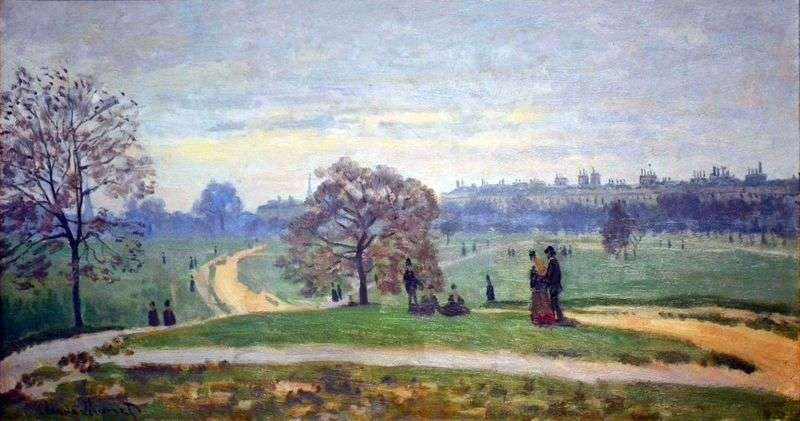
In London, Monet meets Dobigny and Pissarro, with whom he is working on views of the Thames and the fogs of Hyde Park. For the effects of fog it was difficult to choose a better time. The winter of 1870-1871 in London is the worst for the whole century.
The presence of fog is particularly felt in Monet’s views on parliament, which was opened only a year earlier, Green Park, Hyde Park and London Pool. He himself loved the London fog, which René Zhimpel admitted: “I like London more than the English countryside. Yes, I adore London. It’s as mass as an ensemble, and yet so simple. Most of all I like the London fog. How could nineteenth century English artists be able to paint their houses brick by brick?
In their paintings they even depicted bricks that they could not even see. I love London only in winter. In the summer, the city is good for its parks, but it cannot be compared with winter and winter fogs: without fog, London would not be a beautiful city. The fog gives it an amazing scale. Under his mysterious cover, monotonous, massive quarters become grandiose. “Subsequently, he will repeatedly come to London and write more London landscapes than any of the famous artists. In London, Monet and Pissarro worked a lot.
Years later, Pissarro wrote to the English critic Winford Du Hearst: “Monet and I were fond of the London landscape. Monet worked in the parks, and I, living in Lower Norwood, at that time a charming suburb, dealt with the effects of fog, snow and spring. We wrote from nature We also visited museums. Of course, we were impressed by the watercolors and paintings of Turner and Constable, the paintings of Old Crome. We admired Gainsborough, Lawrence, Reynolds and others, but especially we were amazed by the landscape painters who shared our views on the open air, light and fleeting Effect Among contemporary artists, we were interested in Watts and Rossetti.
 Hyde Park, Londres – Claude Monet
Hyde Park, Londres – Claude Monet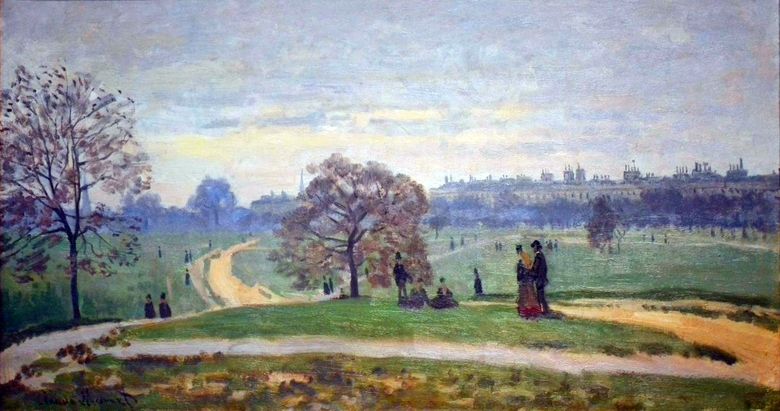 Hyde Park Londres – Claude Monet
Hyde Park Londres – Claude Monet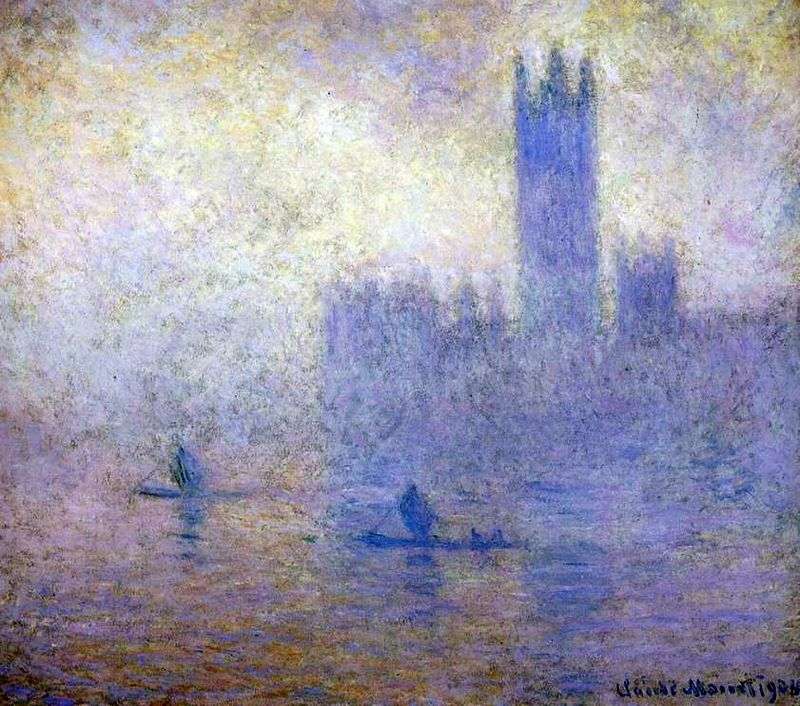 Houses of Parliament in London. Fog Effect by Claude Monet
Houses of Parliament in London. Fog Effect by Claude Monet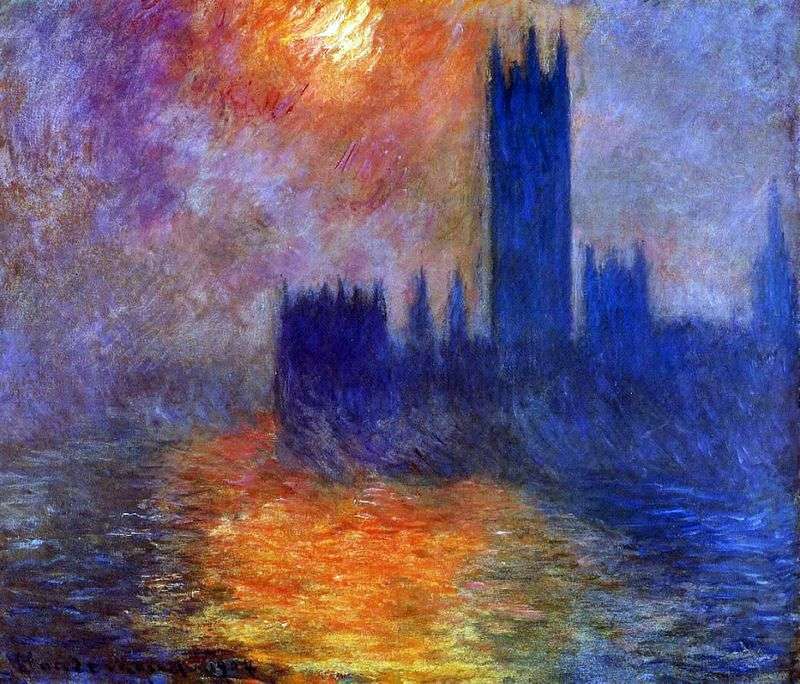 Houses of Parliament in London. Sunset by Claude Monet
Houses of Parliament in London. Sunset by Claude Monet Bordighera by Claude Monet
Bordighera by Claude Monet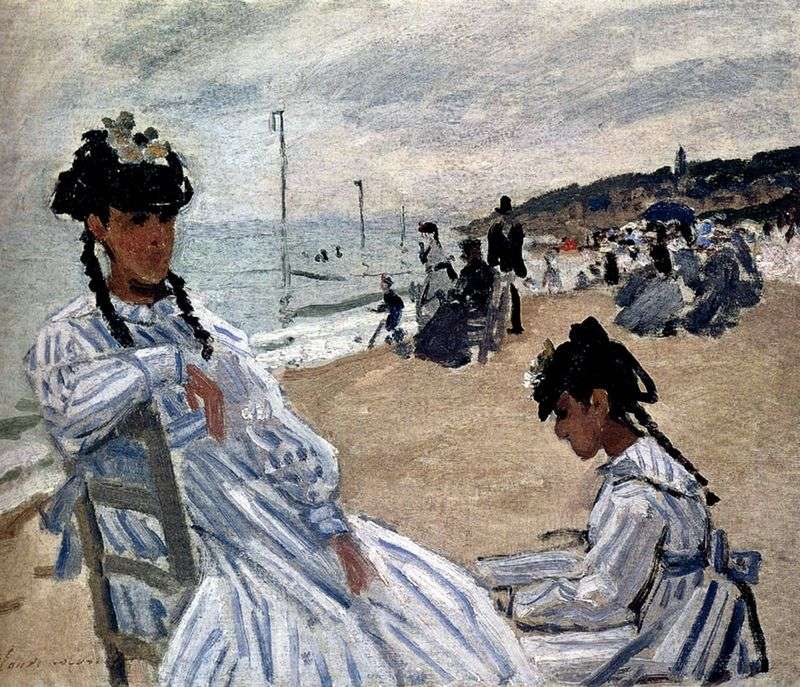 On the beach in Trouville by Claude Monet
On the beach in Trouville by Claude Monet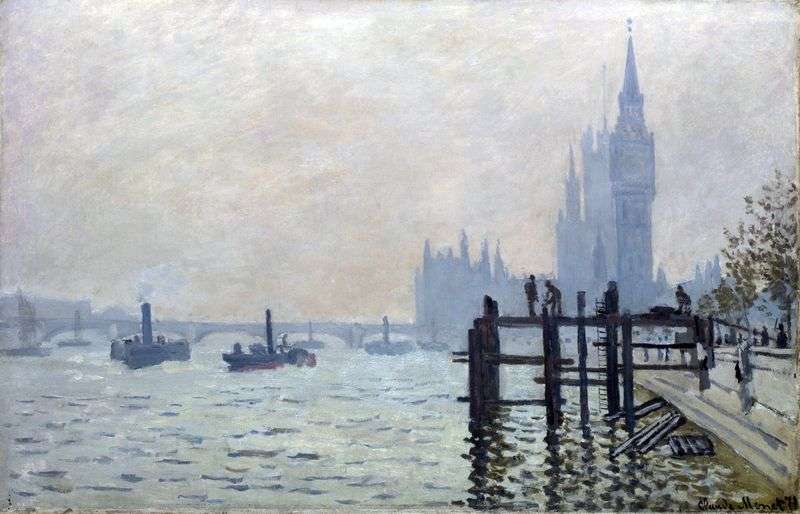 Thames, Westminster by Claude Monet
Thames, Westminster by Claude Monet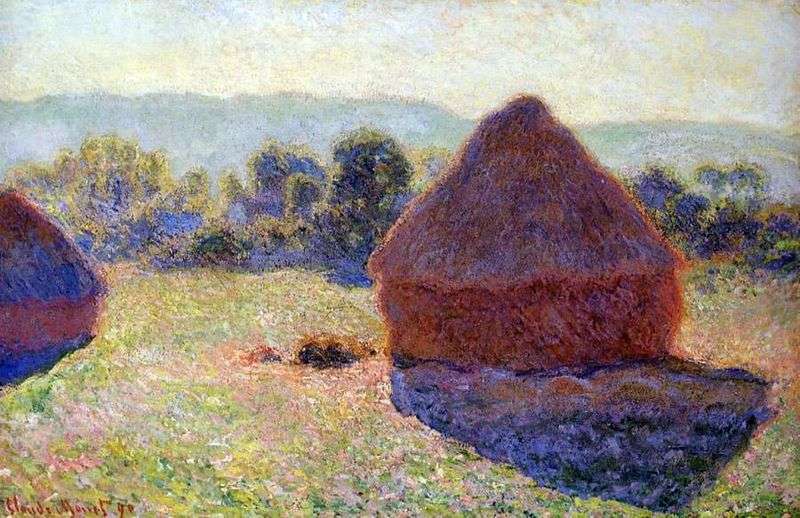 Haystack on a sunny afternoon by Claude Monet
Haystack on a sunny afternoon by Claude Monet